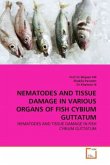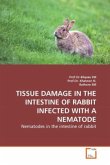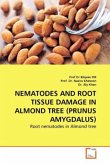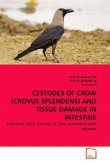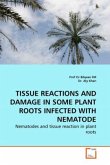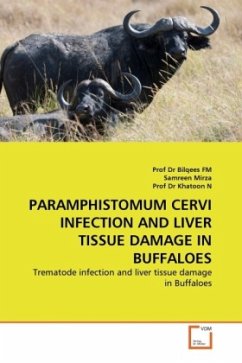Greater wax moth, Galleria mellonella (L.) is the most serious enemy of all the Apis species of honey bees throughout the world causing damage to combs and hive products both in storage and in live colonies. Injury by the larvae is so disastrous that the combs may completely be reduced to a mass of webbing and debris within a short time forcing the colonies to abscond. Its destructive activities are more severe in the tropics and subtropics, presumably because the pest is believed to have evolved in southern Asia along with honey bees. India is one of the major honey and wax producing countries in the world. Hence, this publication provides exhaustive information on the seasonal incidence of the pest in four Apis species of honey bees, its damage potentiality in storage, its natural enemies and biology and efficacy of the most dominant parasitoid, Apanteles galleriae .Efficacy of commercial formulations of Bacillus thuringiensis and botanicals have been presented and an integrated management package has been evaluated. This publication forms baseline information on the greater wax moth and an important reference document to students, researchers and teachers.
Bitte wählen Sie Ihr Anliegen aus.
Rechnungen
Retourenschein anfordern
Bestellstatus
Storno


